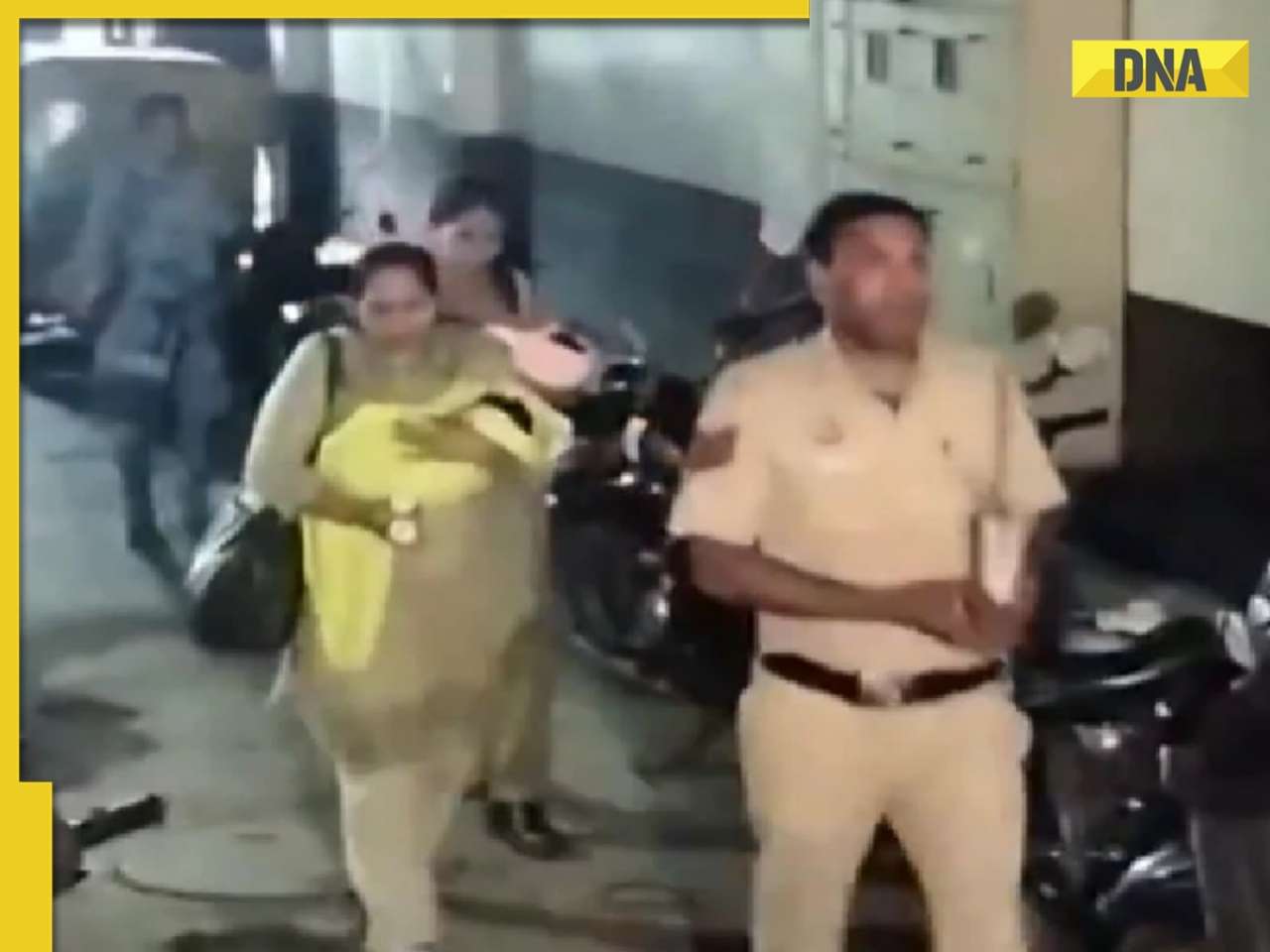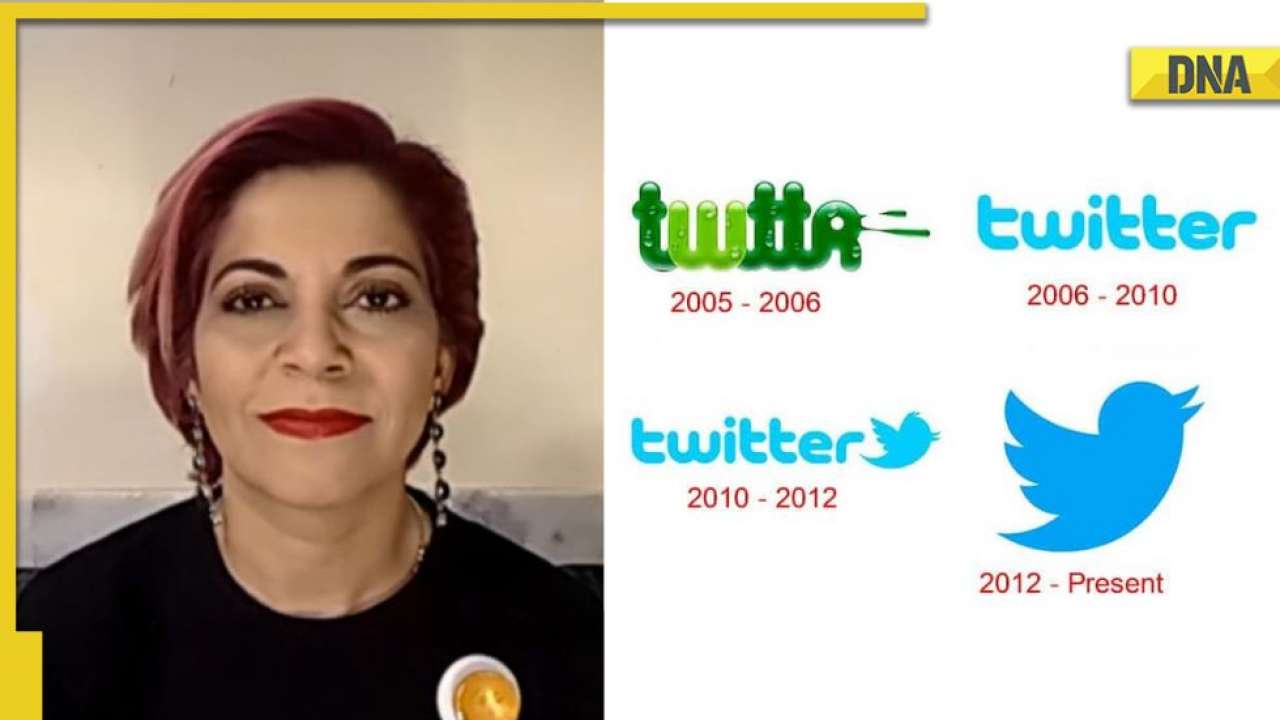Witness the double meteor shower tonight, featuring the Southern Delta Aquariids and Alpha Capricornids. Best viewing time is 2-4 a.m., with peak hours around 3 a.m. Find a dark spot, look south, and enjoy up to 20-30 meteors per hour, with possible bright fireballs and long trails.
On the night of July 29 to the early hours of July 30, 2025, skywatchers around India have a rare opportunity as two meteor showers are peaking at the same time. The Southern Delta Aquariids and the Alpha Capricornids will grace the night sky in a dazzling double feature, offering up to 25 shooting stars per hour under dark skies.
What’s happening in the sky?
If you're a stargazing enthusiast, tonight is the perfect chance to witness a rare double meteor shower.
The Southern Delta Aquariids (active mid‑July to mid‑August) deliver around 15-20 meteors per hour, with fast, faint streaks radiating from the Aquarius constellation.
The Alpha Capricornids (active July 7-August 12) are slower and less frequent (about 5 meteors per hour) but are known for producing bright, slow-moving fireballs from the Capricornus region.
Adding to this beautiful event, the moon will be just 27% illuminated and will set early, creating ideal conditions for meteor viewing in dark skies.
Will it be visible from India?
Yes, although the showers favour southern latitudes, India offers excellent visibility, especially in rural or low-light areas. Look toward the southern horizon to catch the radiant points in Aquarius and Capricornus.
What’s the best time to watch?
The peak activity is expected between 3:00 and 4:00 AM, when meteor frequency is at its highest. Some activity might also be visible around 7:00 and 8:00 PM, but much fainter. For the best experience, allow your eyes 20–30 minutes to adjust to the darkness and avoid using phone screens.
Whether you're a seasoned skywatcher or just curious, this rare celestial double act promises bright streaks, glowing fireballs, and a truly unforgettable experience. Don't miss it
Find your daily dose of All
Latest News including
Sports News,
Entertainment News,
Lifestyle News, explainers & more. Stay updated, Stay informed-
Follow DNA on WhatsApp. Saiyaara title track jumps 173 spots to take 4th spot in Billboard Global singles chart, fans call it 'global masterpiece'
Saiyaara title track jumps 173 spots to take 4th spot in Billboard Global singles chart, fans call it 'global masterpiece' White House adviser makes BIG claim on India-US trade talks, reveals why Trump imposed 25% tariff
White House adviser makes BIG claim on India-US trade talks, reveals why Trump imposed 25% tariff US President Donald Trump takes BIG action against Brazil, imposes tariff of...
US President Donald Trump takes BIG action against Brazil, imposes tariff of...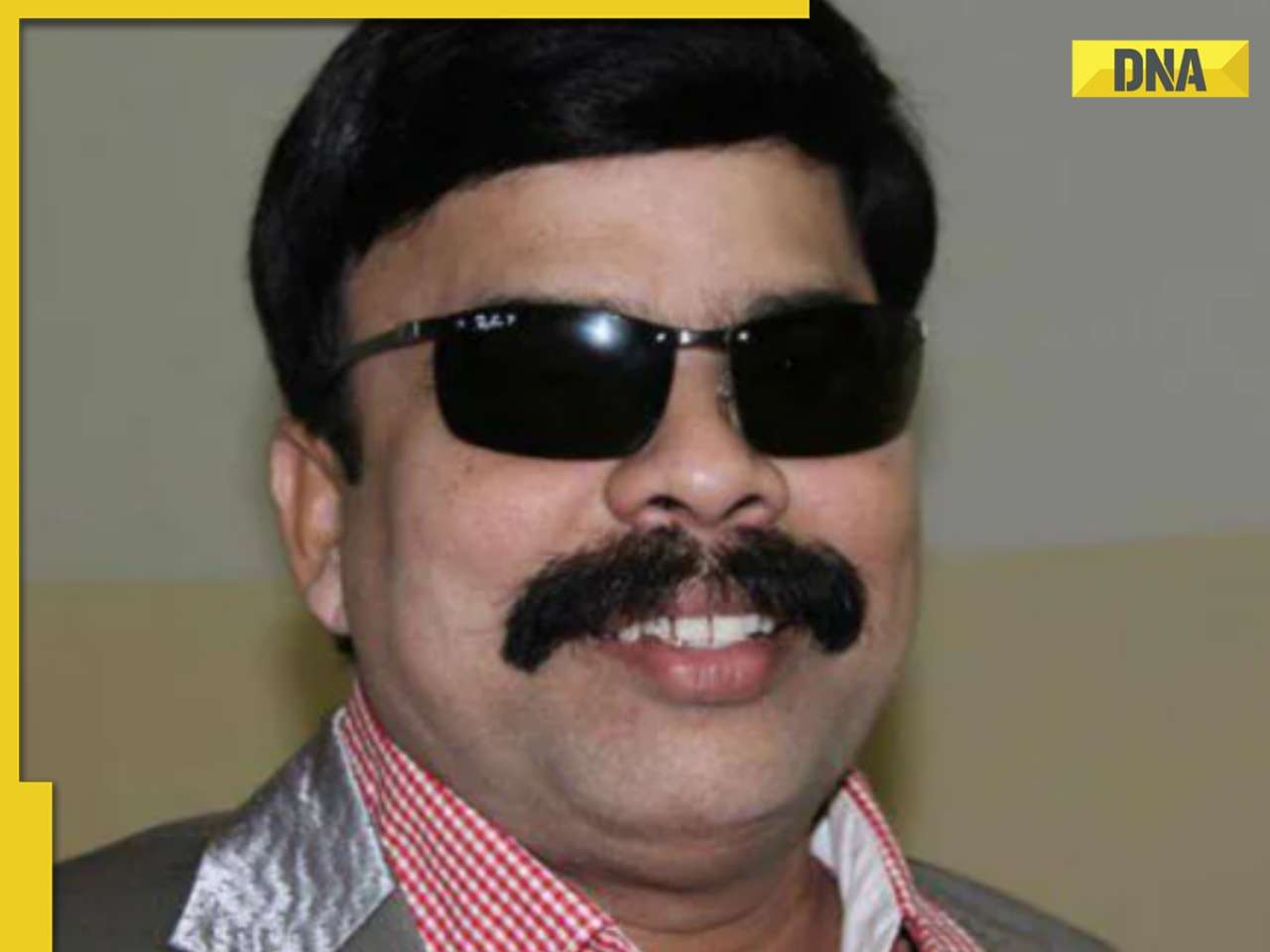 Tamil actor Srinivasan arrested by Delhi Police for this shocking reason, details inside
Tamil actor Srinivasan arrested by Delhi Police for this shocking reason, details inside Who is Mira Murati? Former OpenAI CTO who rejected Mark Zuckerberg-led Meta's whopping Rs 8,700 crore offer to join...
Who is Mira Murati? Former OpenAI CTO who rejected Mark Zuckerberg-led Meta's whopping Rs 8,700 crore offer to join... Tata Harrier EV Review | Most Advanced Electric SUV from Tata?
Tata Harrier EV Review | Most Advanced Electric SUV from Tata? Vida VX2 Plus Electric Scooter Review: Range, Power & Real-World Ride Tested!
Vida VX2 Plus Electric Scooter Review: Range, Power & Real-World Ride Tested! MG M9 Electric Review | Luxury EV with Jet-Style Rear Seats! Pros & Cons
MG M9 Electric Review | Luxury EV with Jet-Style Rear Seats! Pros & Cons Iphone Fold: Apple’s iPhone Fold Could Solve Samsung’s Biggest Foldable Problem | Samsung Z Fold 7
Iphone Fold: Apple’s iPhone Fold Could Solve Samsung’s Biggest Foldable Problem | Samsung Z Fold 7 Trump News: Congress Seeks Answers On Trump's Alleged Mediation In Operation Sindoor
Trump News: Congress Seeks Answers On Trump's Alleged Mediation In Operation Sindoor Who is Mira Murati? Former OpenAI CTO who rejected Mark Zuckerberg-led Meta's whopping Rs 8,700 crore offer to join...
Who is Mira Murati? Former OpenAI CTO who rejected Mark Zuckerberg-led Meta's whopping Rs 8,700 crore offer to join... Mukesh Ambani plans BIG move as Reliance Consumer in talks to acquire majority stake in...
Mukesh Ambani plans BIG move as Reliance Consumer in talks to acquire majority stake in... Meet man, Indian-origin executive, who once worked at Accenture, now set to lead Air New Zealand as...
Meet man, Indian-origin executive, who once worked at Accenture, now set to lead Air New Zealand as... Good news! Amid TCS layoffs, Narayana Murthy's Infosys to hire 20000 freshers in...
Good news! Amid TCS layoffs, Narayana Murthy's Infosys to hire 20000 freshers in... PM KISAN 20th installment: PM Modi to release funds on THIS date, check eligibility and other details
PM KISAN 20th installment: PM Modi to release funds on THIS date, check eligibility and other details Ravi Dubey-Sargun Mehta begin shooting for their new project in Varanasi on Shravan Somwar; SEE PICS
Ravi Dubey-Sargun Mehta begin shooting for their new project in Varanasi on Shravan Somwar; SEE PICS Aneet Padda’s dreamy pastel pink saree from Saiyaara with Ahaan Panday is all over your mind? Get her look for just Rs...
Aneet Padda’s dreamy pastel pink saree from Saiyaara with Ahaan Panday is all over your mind? Get her look for just Rs... Nita Ambani, Isha Ambani embrace natural beauty at Vikas Khanna’s iconic New York restaurant, see pics
Nita Ambani, Isha Ambani embrace natural beauty at Vikas Khanna’s iconic New York restaurant, see pics When Life Gives You Tangerines, The Glory and other gripping K‑dramas that drew inspiration from real-life events
When Life Gives You Tangerines, The Glory and other gripping K‑dramas that drew inspiration from real-life events Raksha Bandhan 2025: Top 5 getaways to celebrate sibling bond
Raksha Bandhan 2025: Top 5 getaways to celebrate sibling bond IAS Rinku Singh Rahi transferred day after doing sit-ups in front of lawyers to admit...
IAS Rinku Singh Rahi transferred day after doing sit-ups in front of lawyers to admit... 2 Army personnel dead, several injured as boulder falls on convoy vehicle in Ladakh
2 Army personnel dead, several injured as boulder falls on convoy vehicle in Ladakh Amit Shah's BIG statement in Rajya Sabha, says, 'Even today, Pakistan able to do terror attacks but...'
Amit Shah's BIG statement in Rajya Sabha, says, 'Even today, Pakistan able to do terror attacks but...' Who is Mamta Pathak? Former chemistry professor gets life term for murdering husband by...
Who is Mamta Pathak? Former chemistry professor gets life term for murdering husband by... India's FIRST response to Donald Trump's announcement of 25 per cent tariff, says, 'Remain committed to...'
India's FIRST response to Donald Trump's announcement of 25 per cent tariff, says, 'Remain committed to...' CBSE Class 10, 12 Compartment Exams result expected on...; here's how you can download it
CBSE Class 10, 12 Compartment Exams result expected on...; here's how you can download it Meet woman, a DU graduate, sister of a Chartered Accountant, who cleared UPSC exam on her third attempt with AIR..., she is...
Meet woman, a DU graduate, sister of a Chartered Accountant, who cleared UPSC exam on her third attempt with AIR..., she is... Meet woman, who lost her home in 2004 tsunami, cracked UPSC exam twice, is sister of IPS officer, currently posted as...
Meet woman, who lost her home in 2004 tsunami, cracked UPSC exam twice, is sister of IPS officer, currently posted as...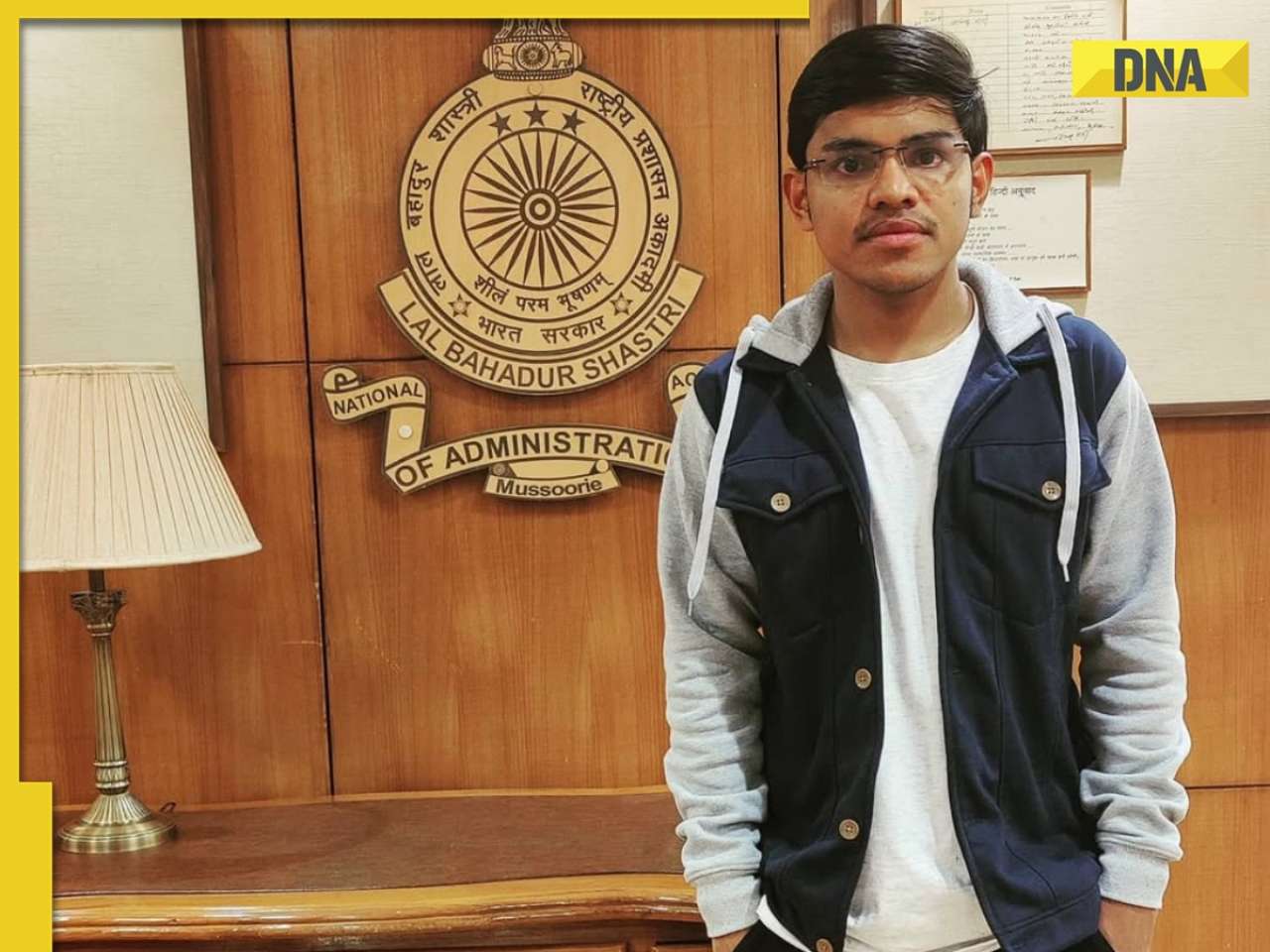 Meet man, whose father sold his house to fund his son's education, later cracked UPSC exam at the age of 23 in first attempt, his rank was..., he is from...
Meet man, whose father sold his house to fund his son's education, later cracked UPSC exam at the age of 23 in first attempt, his rank was..., he is from... RRB NTPC UG 2025: City intimation slip out, know exam details, direct link here
RRB NTPC UG 2025: City intimation slip out, know exam details, direct link here Maruti Suzuki's e Vitara set to debut electric market at Rs..., with range of over 500 km, to launch on...
Maruti Suzuki's e Vitara set to debut electric market at Rs..., with range of over 500 km, to launch on... This is world’s most expensive wood, cost of 1kg wood is more than gold, its name is..., is found in...
This is world’s most expensive wood, cost of 1kg wood is more than gold, its name is..., is found in... This luxury car is first choice of Indians, even left BMW, Jaguar, Audi behind in sales, it is...
This luxury car is first choice of Indians, even left BMW, Jaguar, Audi behind in sales, it is... Kia India unveils Carens Clavis: Check features, design changes, price and more; bookings open on...
Kia India unveils Carens Clavis: Check features, design changes, price and more; bookings open on... Tesla CEO Elon Musk launches most affordable Cybertruck, but it costs Rs 830000 more than older version, it is worth Rs...
Tesla CEO Elon Musk launches most affordable Cybertruck, but it costs Rs 830000 more than older version, it is worth Rs...

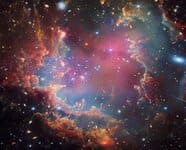







)
)
)
)
)
)
)
)
)
)
)
)
)
)
)
)









